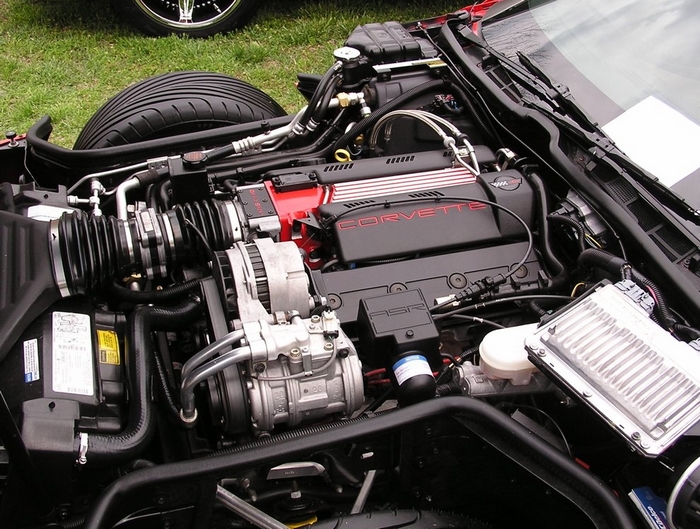By the early 1990s, talk had begun to center around the potential release of the fifth-generation Corvette. By this time, the C4 Corvette had already weathered the 1980s, leaving many to wonder when the next generational divide might take place. However, those at the helm of GM ultimately decided to postpone the release of their fifth-generation Corvette, largely due to budgetary constraints of the day.
However, the development of a new powerplant for the aging C4 Corvette was greenlighted nonetheless. This engine would ultimately carry the LT1 designation, and prove quite capable beneath the Corvette’s hood. The 1992 LT1 would serve as a bridge between GM small-block development, past and present.
No Subscription? You’re missing out
Get immediate ad-free access to all our premium content.
Get Started



